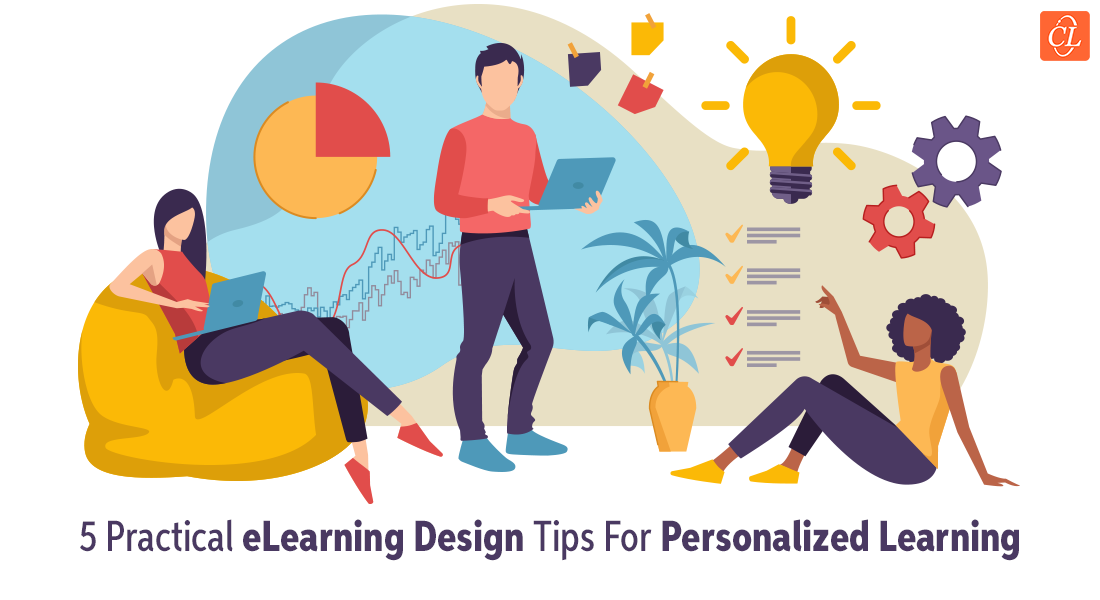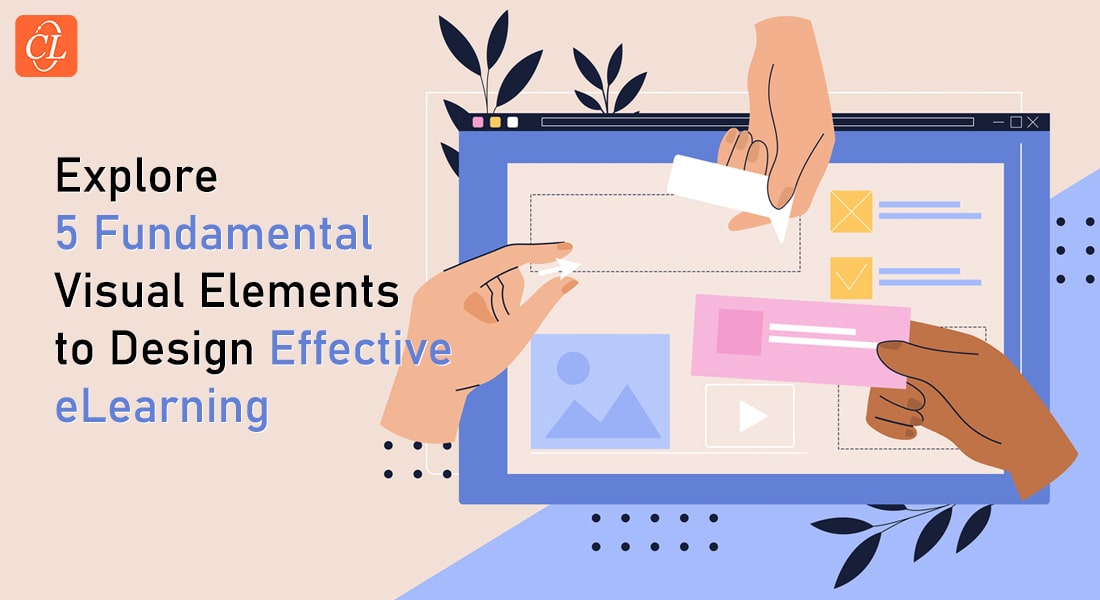5 Digital Learning Formats to Deliver Organizational Knowledge
Explore the many exciting e-learning formats that you can use to engage your employees like nothing else.

he work life of modern corporate employees is filled with activities. Employees are chasing targets, clients or customers and making sure that they get the best of their services and products. For a person who is loaded to the brim with deliverables and commitments, paying attention to a training program is highly difficult. Their attention span is further strained if you decide to use a conventional text heavy learning format.
Plain text seldom manages to engage your learners. The cause lies in the fact that in order to understand and remember the text, you need to closely concentrate on the subject matter. Through plain text, learning only happens through your reading and not by seeing or listening. Sure, you can incorporate images or infographics along with your textual content, but that will only require your employees to concentrate more. Since plain text is a ‘passive’ mode of transferring information, learners always have to put in more effort to grasp knowledge.
However, with e-learning courses you don’t need to stick with just text heavy modules. Using powerful authoring tools and advanced instructional design strategies, you can create highly exciting digital learning methods that engage your learners without putting too much strain on their already overworked minds. Let’s look at some of them:
1. Game-Based Content
Using games for learning is the most interactive and fun way of imparting any subject matter to your learners. With this type of learning method, you create a fully playable game with your content embedded into it. Learners just need to play such games in order to grasp the content. Since everyone likes playing games, learning becomes an effortless task. As learning games are also accessible on smart-devices, learning can happen almost at anytime in the most engaging way possible.
2. Video Content
Videos are the perfect medium to captivate the attention of your learners and convey a great deal of information in a short span. Videos use a combination of attractive visuals, immersive animations and meaningful voiceovers to break down complex subjects into easily absorbable information nuggets. This short duration of videos perfectly aligns with the hectic schedules of your employees by making the most of their time. Since videos stimulate the visual and hearing senses of learners, the rate of information transfer is considerably higher compared to plain text.
3. Microlearning Assets
As conveyed above, the hectic work schedule of employees leaves little time for learning. That’s why instead of a full length e-learning course you should consider using short microlearning modules. These bite-sized learning nuggets convey just one topic comprehensively and quickly, making it an ideal choice in today’s learning ecosphere. Even if you are using plain text in such modules, it won’t cause much of a strain for your learners as it is only for a short duration. You can even use innovative presentation techniques to keep minimum text on a single page along with attractive images.
4. Simulation Based Learning
Nothing captures the attention of your learners more than giving them hands-on experience of the subject. Simulations make that possible by giving your learners a consequence-free environment to practice a tool or software application. For e.g. you can give hands on training on your SAP software without any live production impact. By emulating a scenario, learners are not left in any kind of doubt about what they will face in the real world. This method also grips the learners’ attention as they are not just sitting and observing, but rather doing an activity.
5. VR Walkthroughs
This is a new and emerging, yet promising e-learning method. Mobile-based Virtual Reality devices are used to create a highly immersive rendition of an environment. Be it factory walkthroughs or imaging of a response in a hazardous situations or conveying the production process, VR based learning modules can be used to convey a variety of topics in the most creative way possible. Combine that with hand-held controllers and your learners can even interact with their virtual surroundings. This method creates a great deal of excitement among learners, as VR is still comparatively new technology.
If you have gone digital then you don’t run the risk of going mundane with your teaching methods. Choose from a plethora of options and mould it according to your unique need and create a course worth remembering.





